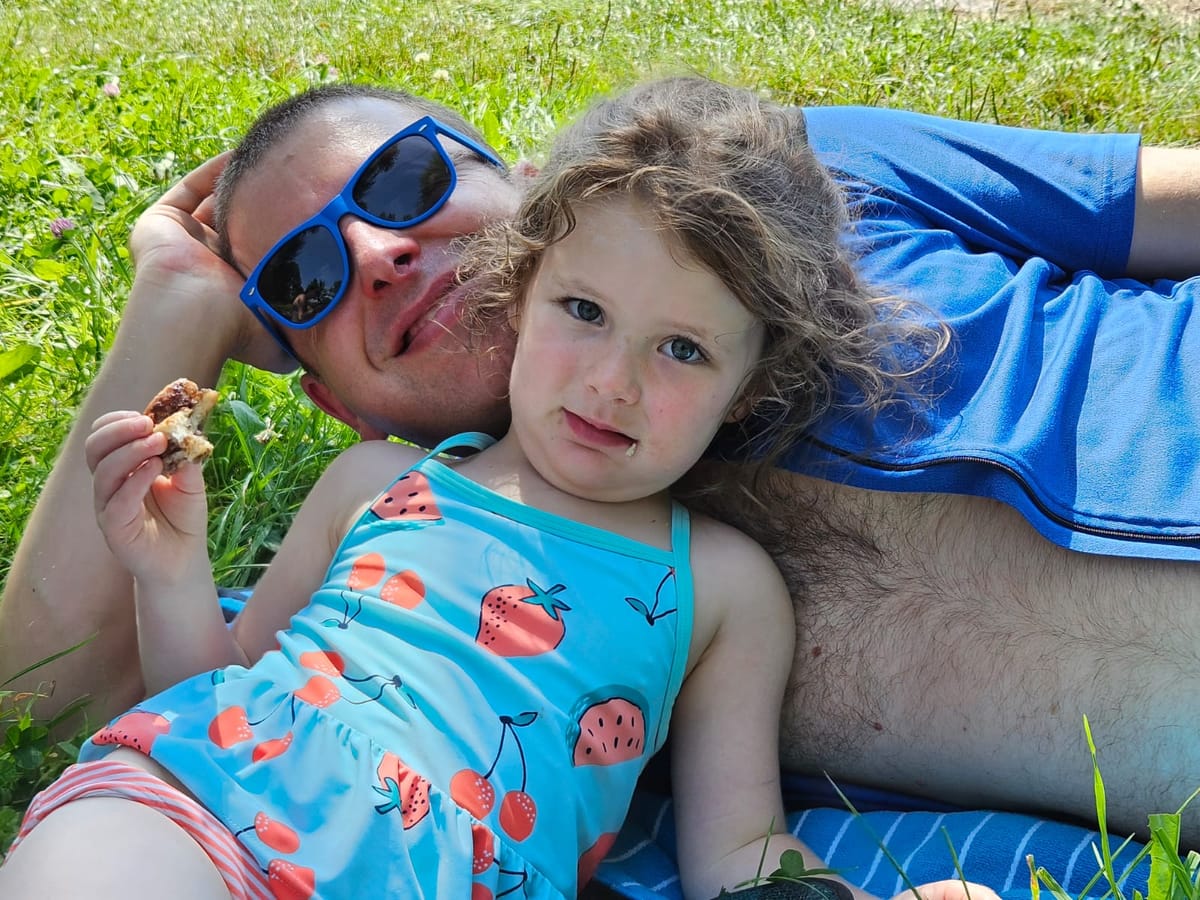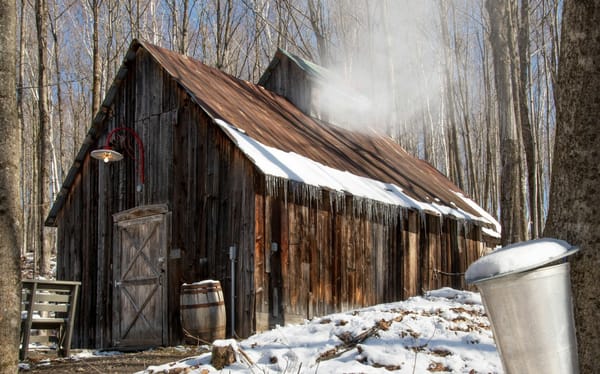Spielplatz: European playground parenting
Independence, self-selection, and non-anxious (non-)presence

It's hard to over-emphasize how different leisure culture is in Europe, or at least in Germany. And that goes double for parenting amid leisure culture.
It feels very, very different to parent a child in a wide range of leisure time settings, at least where we recently spent two weeks in Freiburg and some surrounding Black Forest towns.
Some of the differences are fairly trivial. When we'd arrive at a playground, or Biergarten, or informal wading/bathing spot, I'd notice that the European kids were way less likely to be dressed in highly gendered clothing (style and especially colors—F was often the only one in pink). Ditto any sort of branding or graphics, aside from the occasional Spider-Man t-shirt.
But the big difference in my experience was playground equipment and parents' presence (or not) with their kids.
I'm not an expert, but I'm told and have no reason to doubt that this has a lot to do with the differences between common law and civil law systems, the upshot of which is that way fewer decisions are made in Europe out of a fear of being sued.
To my eye, this meant that playgrounds didn't really need to be labeled by intended age group, because the equipment itself would basically help kids self-select what gear they played on.
For example, if a structure allows kids to get high up in the air, it usually requires navigating some kind of ascent mechanism that is difficult enough to deter kids who shouldn't be up that high by themselves safely.
And it was way likelier that kids would be playing by themselves, because parents are just way less up in their kids' business on German playgrounds.
This all got me thinking about research by my pal and fellow Digital Futures Institute colleague Lucius Von Joo, who studies adventure playgrounds. To be clear, I don't think any of the playgrounds we hit in Germany were adventure playgrounds, but on the continuum of adventure playgrounds to the sad American version ("an administrator's heaven and a child's hell"), we were perhaps closer to the former than the latter.
Lucius introduced me to the idea that there's a difference between hazard and risk, which gets illustrated in the video above.
In short, a hazard is an unexpected source of possible harm, like a rotten branch for a tree-climber. A risk is a manageable source of possible harm, like how high one climbs up that tree. A risk requires active-decision making on behalf of the risk taker.
One of the evidence-supported theories here is that American-style playgrounds, free as they are of both hazard and risk, are both boring and anti-developmental. A boring playground leads to more thrill-seeking behavior on equipment not designed to provide thrills.
An anti-developmental playground doesn't challenge kids to build skills in how to actively assess and manage risk. Think again about those challenging ladders I mentioned—if a kid is worried they can't do the ladder, they know they probably shouldn't play on the elements at the top of the ladder either.
Parents / guardians are barred from entering adventure playgrounds, which are supervised instead by play workers trained in the risk vs. hazard paradigm. That obviously wasn't the case in the middle-risk German playgrounds we visited, but there was definite implicit cultural pressure to be more hands-off as a parent.
That pressure helped me resist over-functioning as F's playground supervisor. And I'm hoping it will stick with me a bit now that we're back stateside. I'm also going to try to commit to bringing this (appropriate) risk-encouraging attitude to supervising other forms of play.
It could be a coincidence, but I've noticed F taking more risks on our backyard gear since we returned. Vielen dank, Spielplätze!





